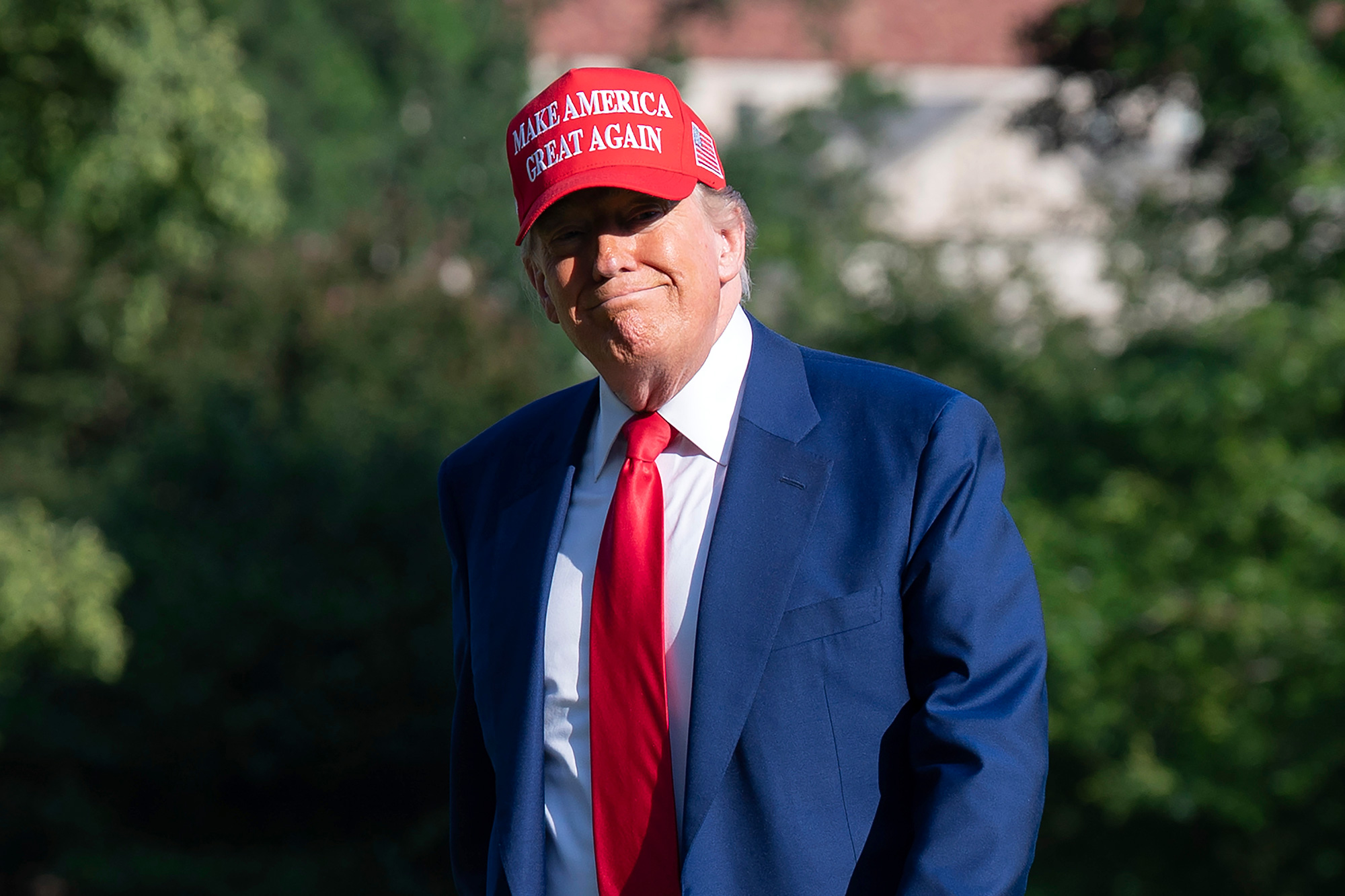Breaking down the trade deficit driving Trump’s tariff strategy
President Trump backed off tariffs for most countries and zeroed in on just one target: China. After several rounds of escalation, the White House says tariffs on Chinese imports have now hit 145 percent.
In announcing the tariffs, President Trump specifically cited “the growth of the U.S.-China trade deficit,” which he says “contributed to the loss of 3.7 million U.S. jobs.”
RELATED: Winners and Losers of the Trump Tariffs
At its core, a trade deficit is when a country’s imports exceed its exports. In other words, if Americans buy more Chinese-made goods and services than we sell to China, then the U.S. has a trade deficit with China.
And the U.S. does have a large trade deficit with China.
In 2024, the U.S. imported nearly $440 billion worth of goods from China, while China only bought $143.5 billion worth of American-made goods. As a result, America’s trade deficit with China was $295 billion.
On the other side of the equation is the trade surplus. This is just the opposite of a deficit: if a country sells more stuff than it imports, it has a surplus.
The biggest deficit the U.S. had with any country last year was China. At the same time, the biggest surplus China had with any country was the U.S. Overall, the U.S. had the biggest trade deficit in the world last year, a record $918 billion. Fittingly, China had the highest trade surplus in the world at $990 billion.
Many economists disagree with the President about whether trade deficits are something to be concerned about, and even whether tariffs would substantially reduce the trade deficit.
But the numbers tell a clear story: there is no more lopsided trade relationship in the world than between the U.S. and China.
Related
Peyton Lofton
Peyton Lofton is Senior Policy Analyst at No Labels and has spent his career writing for the common sense majority. His work has appeared in the Washington Examiner, RealClearPolicy, and the South Florida Sun Sentinel. Peyton holds a degree in political science from Tulane University.




